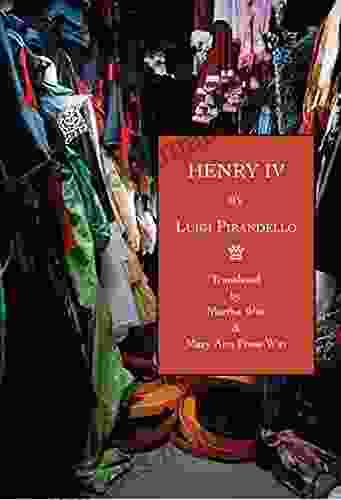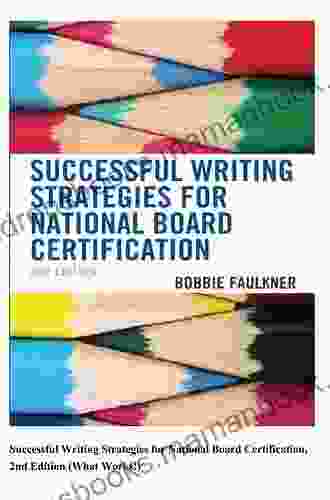Followed by the License: Italica Renaissance and Modern Plays

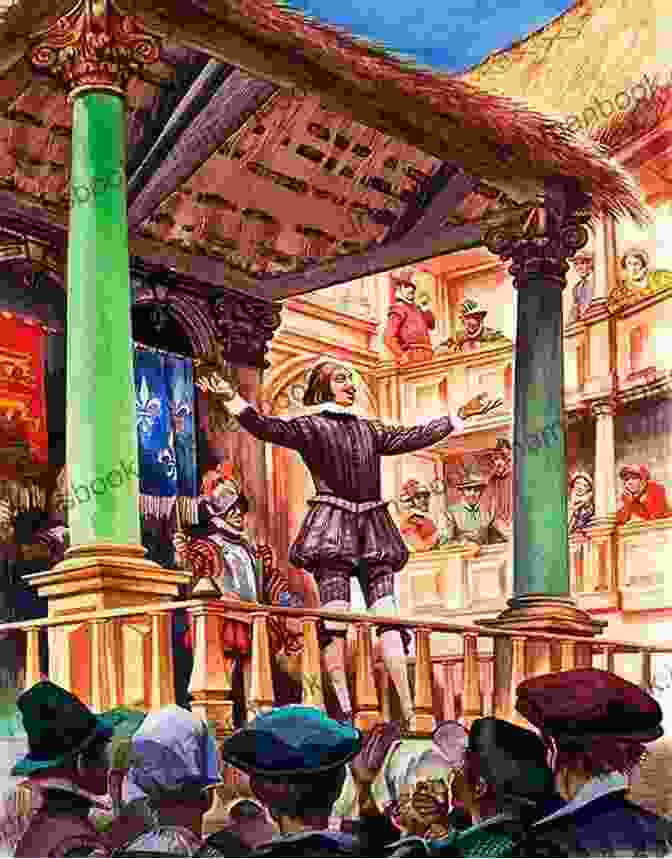
The Renaissance was a period of great intellectual and artistic ferment, and it saw the birth of many new forms of drama. One of the most important of these was the commedia dell'arte, a type of improvised theater that was popular throughout Europe. The commedia dell'arte was based on a set of stock characters, each with their own distinctive costume, mask, and personality. These characters were used to create a variety of different stories, often satirizing contemporary society.
4.6 out of 5
| Language | : | English |
| File size | : | 387 KB |
| Text-to-Speech | : | Enabled |
| Screen Reader | : | Supported |
| Enhanced typesetting | : | Enabled |
| Word Wise | : | Enabled |
| Print length | : | 120 pages |
| Lending | : | Enabled |
In the 16th century, the commedia dell'arte was brought to Spain by Italian actors. The Spanish quickly adopted the form, and it soon became one of the most popular forms of theater in the country. Spanish playwrights began to write their own plays in the commedia dell'arte style, and these plays were often performed by professional companies of actors.
The commedia dell'arte continued to be popular in Spain throughout the 17th and 18th centuries. However, in the 19th century, it began to decline in popularity. This was due in part to the rise of new forms of theater, such as the Romantic drama and the Realist drama.
In the 20th century, the commedia dell'arte experienced a revival of interest. This was due in part to the work of scholars and theater practitioners who were interested in rediscovering the form's original principles. Today, the commedia dell'arte is still performed around the world, and it continues to be a source of inspiration for contemporary playwrights.
The License
The license was a document that granted actors the right to perform in public. It was issued by the authorities of a city or town, and it specified the conditions under which the actors could perform. The license typically included a list of the plays that the actors were allowed to perform, and it also set limits on the number of performances that they could give.
The license was an important document for actors, as it allowed them to perform legally. Without a license, actors could be arrested and fined. The license also gave actors a certain degree of protection from the authorities. If they were harassed or abused, they could appeal to the authorities for help.
The license was not always easy to obtain. The authorities were often reluctant to grant licenses to actors, as they were often seen as a threat to public order. In some cases, actors were required to pay a fee for a license. In other cases, they were required to submit to a審査, in which they had to demonstrate their skills as actors.
Despite the difficulties, the license was an essential document for actors. It allowed them to perform legally and it gave them a certain degree of protection from the authorities.
The Italica Renaissance
The Italica Renaissance was a period of great cultural and intellectual ferment in Spain. It was a time of renewed interest in classical learning and culture, and it saw the birth of many new forms of art and literature. The Italica Renaissance was also a time of great political and social change, as Spain emerged as a major power in Europe.
The Italica Renaissance was named after the city of Italica, which was located near Seville. Italica was founded by the Romans in the 3rd century BC, and it was one of the most important cities in Roman Spain. In the 15th century, Italica was rediscovered by Spanish scholars, and it became a center of Renaissance learning.
The Italica Renaissance was a time of great intellectual ferment. Scholars from all over Europe came to Italica to study classical texts and to learn about the latest developments in the arts and sciences. The Italica Renaissance also saw the birth of many new forms of art and literature. Spanish playwrights began to write plays in the commedia dell'arte style, and Spanish painters began to adopt the techniques of the Italian Renaissance.
The Italica Renaissance was a time of great
4.6 out of 5
| Language | : | English |
| File size | : | 387 KB |
| Text-to-Speech | : | Enabled |
| Screen Reader | : | Supported |
| Enhanced typesetting | : | Enabled |
| Word Wise | : | Enabled |
| Print length | : | 120 pages |
| Lending | : | Enabled |
Do you want to contribute by writing guest posts on this blog?
Please contact us and send us a resume of previous articles that you have written.
 Top Book
Top Book Novel
Novel Fiction
Fiction Nonfiction
Nonfiction Literature
Literature Paperback
Paperback Hardcover
Hardcover E-book
E-book Audiobook
Audiobook Bestseller
Bestseller Classic
Classic Mystery
Mystery Thriller
Thriller Romance
Romance Fantasy
Fantasy Science Fiction
Science Fiction Biography
Biography Memoir
Memoir Autobiography
Autobiography Poetry
Poetry Drama
Drama Historical Fiction
Historical Fiction Self-help
Self-help Young Adult
Young Adult Childrens Books
Childrens Books Graphic Novel
Graphic Novel Anthology
Anthology Series
Series Encyclopedia
Encyclopedia Reference
Reference Guidebook
Guidebook Textbook
Textbook Workbook
Workbook Journal
Journal Diary
Diary Manuscript
Manuscript Folio
Folio Pulp Fiction
Pulp Fiction Short Stories
Short Stories Fairy Tales
Fairy Tales Fables
Fables Mythology
Mythology Philosophy
Philosophy Religion
Religion Spirituality
Spirituality Essays
Essays Critique
Critique Commentary
Commentary Glossary
Glossary Bibliography
Bibliography Index
Index Table of Contents
Table of Contents Preface
Preface Introduction
Introduction Foreword
Foreword Afterword
Afterword Appendices
Appendices Annotations
Annotations Footnotes
Footnotes Epilogue
Epilogue Prologue
Prologue Jane Turner Rylands
Jane Turner Rylands Lisa Rusczyk
Lisa Rusczyk Cat Sebastian
Cat Sebastian David Dubrow
David Dubrow Bill Petty
Bill Petty Brandon Stanton
Brandon Stanton Janet Allen
Janet Allen James Mcgrath Morris
James Mcgrath Morris L M Hughes
L M Hughes L C Tyler
L C Tyler Willy Russell
Willy Russell Shannon Hale
Shannon Hale Jade Rivera
Jade Rivera Mattia Zamboni
Mattia Zamboni Makoto Ueda
Makoto Ueda Sanjay Ghosh
Sanjay Ghosh Steve Slavin
Steve Slavin Emma Baulch
Emma Baulch Elizabeth Dowsett
Elizabeth Dowsett Naomi Pomeroy
Naomi Pomeroy
Light bulbAdvertise smarter! Our strategic ad space ensures maximum exposure. Reserve your spot today!

 Shaun NelsonDune Messiah: A Profound Exploration of Power, Corruption, and the Nature of...
Shaun NelsonDune Messiah: A Profound Exploration of Power, Corruption, and the Nature of... Harvey BellFollow ·10.1k
Harvey BellFollow ·10.1k Ivan TurnerFollow ·18.7k
Ivan TurnerFollow ·18.7k DeShawn PowellFollow ·4.4k
DeShawn PowellFollow ·4.4k Cason CoxFollow ·11.1k
Cason CoxFollow ·11.1k Andy ColeFollow ·18.2k
Andy ColeFollow ·18.2k Yukio MishimaFollow ·12.7k
Yukio MishimaFollow ·12.7k Corey GreenFollow ·12.2k
Corey GreenFollow ·12.2k Edward ReedFollow ·3.7k
Edward ReedFollow ·3.7k

 Tom Clancy
Tom ClancyReading Wellness: Lessons in Independence and Proficiency
Reading is a fundamental skill that can...
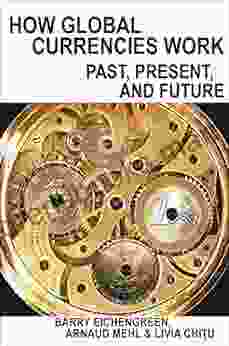
 Brody Powell
Brody PowellHow Global Currencies Work: A Comprehensive Guide to...
Overview of...
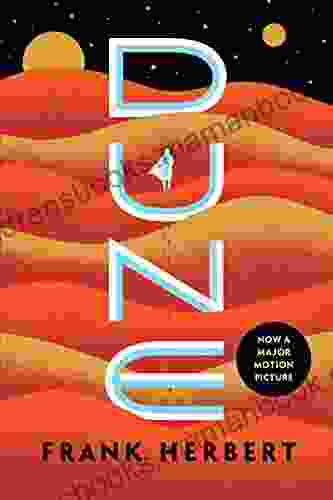
 Dwight Bell
Dwight BellDune by Frank Herbert: An Epic Space Opera That Explores...
Dune by Frank...

 Ronald Simmons
Ronald SimmonsAn Anthology of Early Plays (1858-1938): A Journey into...
: Uncovering...

 Dominic Simmons
Dominic SimmonsCulture in the Ancient World: A Comprehensive Exploration...
Culture is a complex and multifaceted concept...
4.6 out of 5
| Language | : | English |
| File size | : | 387 KB |
| Text-to-Speech | : | Enabled |
| Screen Reader | : | Supported |
| Enhanced typesetting | : | Enabled |
| Word Wise | : | Enabled |
| Print length | : | 120 pages |
| Lending | : | Enabled |


